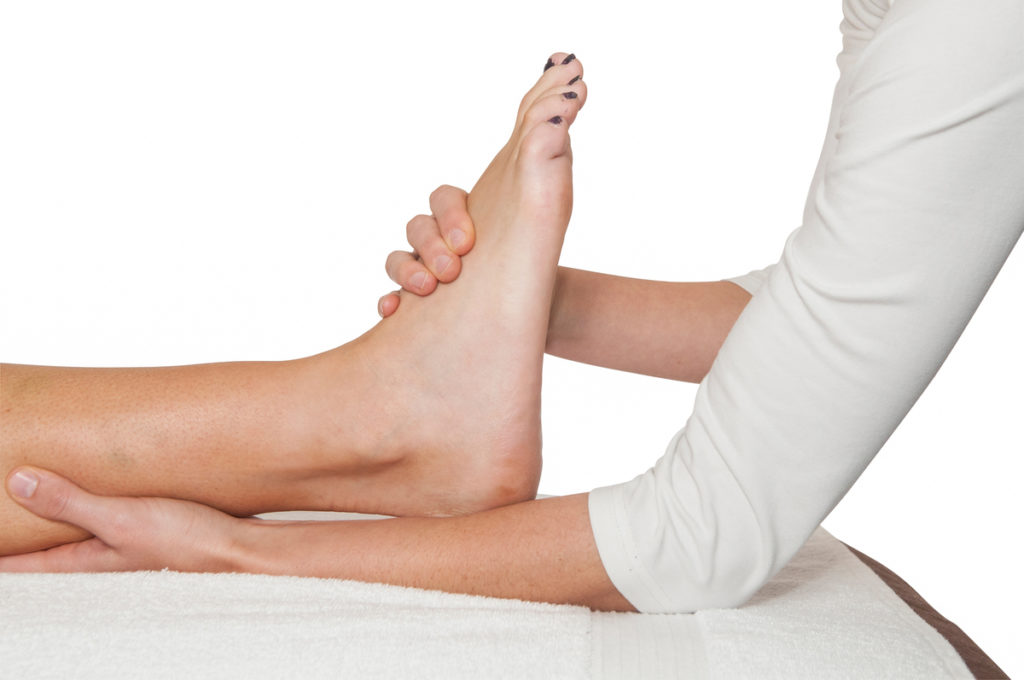Ankle Sprains

Written by: Vincent King
Did you know that Osteopaths can help with much more than issues of the spine? I continue to be in awe at the way the body will heal given correct management. This is evident in the case of an ankle sprain. If poorly managed, an ankle injury can continue to be chronically problematic due to the instability and weakness. Re-spraining of a poorly managed ankle injury is very common, and the right treatment approach can help prevent this.
ANKLE SPRAINS OR STRAINS? WHAT’S THE DIFFERENCE:
A sprain describes an over stretching injury to joint ligaments or the joint capsule. Whereas a strain is an injury to muscle and tendon. Ankle sprains typically have localised swelling around the injury site, pain on weight bearing and limited movement.
Most ankle sprains happen to the lateral (outside) part of the ankle. Typically, this occurs when the ankle rolls inward (inversion). This is common in sports that require rapid change of directions and jumping such as netball, soccer, football, gymnastics, and ballet.
Reinjuring after an initial ankle sprain is observed up to 47% of the time if the injury is poorly managed. A good treatment approach can help prevent this.
TIME TO SEE YOUR OSTEOPATH
Despite an injury, the body finds ways to keep you moving which can lead to changes to your gait. When you see your Osteopath at St George Health we will assess these compensatory changes of the hip, knee, and ankle.
Depending on the grading of sprain and how active you are, strapping your ankle may be used to stabilise and prevent further damage. Once the pain is improving, graded, tailored exercises will be prescribed to strengthen small and larger muscles of the ankle, knee, and hip to train you to return freely to sport and activity.
ICE AND MOVEMENT
The age-old wisdom of applying ice to a sprained ankle has been investigated. The emerging evidence suggest ice still plays an important part in pain management for ankle sprains but have no impact in the progression of recovery or effect on swelling. Early weight bearing, mobility, and proprioception (balance training) affected an earlier return to activity and sport.
HOW FLEXIBLE ARE YOU?
Children and adults who are hypermobile are at a greater risk of injuring joints. Your Osteopath will assess the level of hypermobility and prescribe a program of rehabilitation exercises.
Osteopaths can help with improved movement no matter what part of your body is injured.
Vincent King is a trusted osteopath here at St George Health, with over 10 years of experience in treating patients with osteopathy, alongside massage therapy and strength exercises. Book with an Osteopath Today
Make an appointment.
Use our convenient online booking or contact us direct.
